Research
Search our website
Search our website by entering a keyword or choose a database above to search specifically.
Search
Showing search results 3,841 - 3,850
14,722 results found

Mortise axe, double
This text can only be consulted in Dutch
<https://www.mot.be/resource/Tool/mortise-axe-double?lang=nl>

Mouth lyre gag
This text can only be consulted in Dutch
<https://www.mot.be/resource/Tool/mouth-lyre-gag?lang=nl>

Mould board shovel
This text can only be consulted in Dutch
<https://www.mot.be/resource/Tool/mould-board-shovel?lang=nl>

Mortar hoe

Mouth atomizer
This text can only be consulted in Dutch
<https://www.mot.be/resource/Tool/mouth-atomizer?lang=nl>

Moulding stamper
This text can only be consulted in DutchThe proper English name of this
moulding tool is yet unknown.

Milk skimmer
This text can only be consulted in Dutch
<https://www.mot.be/resource/Tool/milk-skimmer?lang=nl>

Mitre plane
This text can only be consulted in Dutch
<https://www.mot.be/resource/Tool/mitre-plane?lang=nl>

Mud-marking iron
This description of the mud marking iron can only be consulted in dutch.
[MOT]

Nail extractor
Nail puller is a general term for different levers and pliers for pulling
out nails. The heavy versions are used by the shipwright, the lighter ones
mainly to open boxes. The lever can be compared to the crowbar. For the
same purpose the pincers or claw hammer are used by the carpenter. [MOT]








